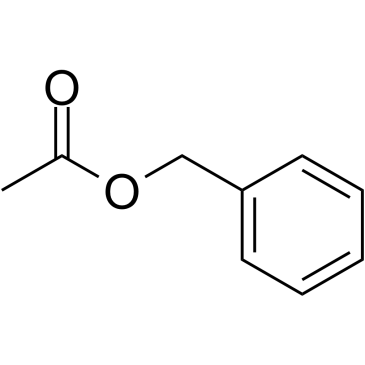Vinegar classification based on feature extraction and selection from headspace solid-phase microextraction/gas chromatography volatile analyses: a feasibility study.
C Pizarro, I Esteban-Díez, C Sáenz-González, J M González-Sáiz
文献索引:Anal. Chim. Acta 608(1) , 38-47, (2008)
全文:HTML全文
摘要
Headspace solid-phase microextraction (HS-SPME) coupled with gas chromatography (GC) and multivariate data analysis were applied to classify different vinegar types (white and red, balsamic, sherry and cider vinegars) on the basis of their volatile composition. The collected chromatographic signals were analysed using the stepwise linear discriminant analysis (SLDA) method, thus simultaneously performing feature selection and classification. Several options, more or less restrictive according to the final number of considered categories, were explored in order to identify the one that afforded highest discrimination ability. The simplicity and effectiveness of the classification methodology proposed in the present study (all the samples were correctly classified and predicted by cross-validation) are promising and encourage the feasibility of using a similar strategy to evaluate the quality and origin of vinegar samples in a reliable, fast, reproducible and cost-efficient way in routine applications. The high quality results obtained were even more remarkable considering the reduced number of discriminant variables finally selected by the stepwise procedure. The use of only 14 peaks enabled differentiation between cider, balsamic, sherry and wine vinegars, whereas only 3 variables were selected to discriminate between red (RW) and white wine (WW) vinegars. The subsequent identification by gas chromatography-mass spectrometry (GC-MS) of the volatile compounds associated with the discriminant peaks selected in the classification process served to interpret their chemical significance.
相关化合物
| 结构式 | 名称/CAS号 | 分子式 | 全部文献 |
|---|---|---|---|
 |
乙酸苄酯
CAS:140-11-4 |
C9H10O2 |
|
Identification of olfactory receptor neurons in Uraba lugens...
2015-07-01 [J. Insect Physiol. 78 , 33-46, (2015)] |
|
Functional characterization of two acyltransferases from Pop...
2015-05-01 [Phytochemistry 113 , 149-59, (2015)] |
|
Aroma profiles and preferences of Jasminum sambac L. flowers...
2013-01-01 [J. Cosmet. Sci. 64(6) , 483-93, (2013)] |
|
Comparative investigation of multiple organs of mice and rat...
2002-05-01 [Mutat. Res. 517(1-2) , 53-75, (2002)] |
|
Effects of gavage versus dosed feed administration on the to...
1995-02-01 [Food Chem. Toxicol. 33(2) , 151-8, (1995)] |